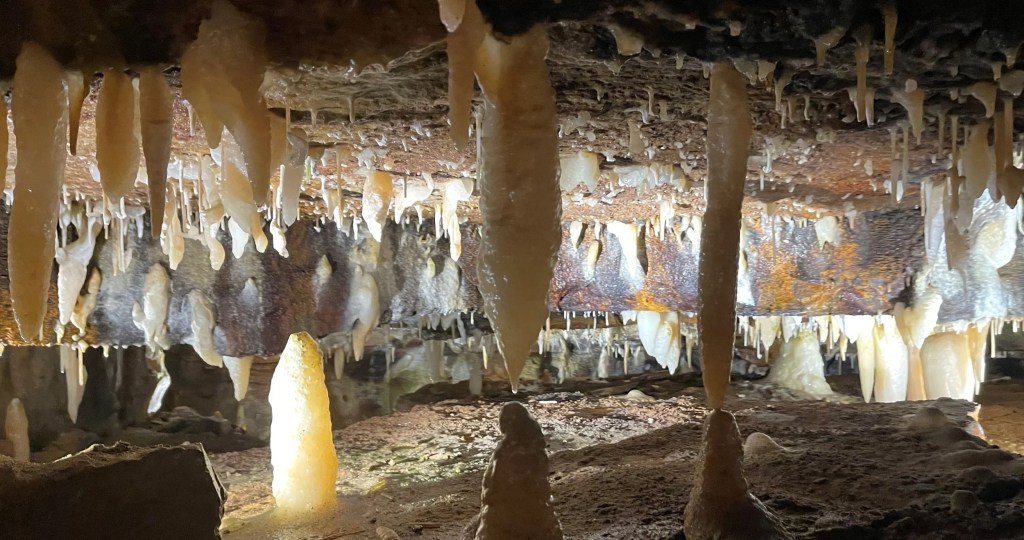Picking apart an obviousness rejection can be challenging since no two are ever exactly the same and the facts of each case vary. However, a recent example from the PTAB illustrates one possible approach to breaking down an obviousness rejection that at first seems reasonable and possibly even true, but which is lacking evidence in the record. While an examiner may properly use logic and reason, once they cross over into relying of facts not in evidence, it opens the door to attack. And while the PTAB may sometimes play a bit fast and lose in this regard, at least some panels will hold to the strictures of the law.
The application is a Bosch invention related to producing a brake disk for a vehicle. Claim 1 is reproduced below.
1. A method for producing a brake disk for a motor vehicle, comprising: applying an anti-corrosion coating on a base disk by way of a wet-chemical or galvanic method, wherein the base disk includes a brake surface and at least one cooling duct, and the applying of the anti-corrosion coating includes providing only the at least one cooling duct with the anti-corrosion coating.
The case is Appeal 2023-002422, Application 16/960,036. The examiner rejected claim 1 based on prior art (Manter) that did not show the specific application of the anti-corrosion coating to only a cooling duct of the brake rotor assembly. For this, the examiner provided reasoning that was purportedly based upon what a skilled artisan would understand about wear patterns from their “experience” and thus to save money and time.
One having ordinary skill in the art before the time the invention was effectively filed would have found it obvious to have applied a nickel or nickel composite coating to just the ‘cooling ducts’ (see the various alternative forms in figures 2,4-6) of Manter, — formed by the inner surfaces 110 and fin structure 20– by well known methods, such as wet chemical/galvanic processes, as taught by Ohzora, since Manter indicates in para 0035 a number of coating options may be applied to the inner surfaces of the brake disc 110 and the fin structure 20 (together forming at least one cooling duct) . The various options discussed above could be implemented based upon experiences of wear of the brake rotor assembly over time and to reduce costs by limiting the coating process only to those portions of the assembly that experience the most corrosion.
Bosch did not seem to address this issue head on in their brief. Nevertheless, perhaps due to the many other possible errors pointed out by Bosch, the PTAB decided the case upon it (citations omitted).
[The] rejection appears to rely on a determination that providing an anti-corrosion coating to only the cooling duct would have been obvious in view of the art of record, but we determine that the Examiner’s rationale is not adequately supported on the record before us. Regarding [the examiner’s reliance on the experience of wear] … [t]here are several issues with this determination. First, the Examiner provides no evidence regarding what portions of Manter’s rotor are likely to experience the most corrosion. Similarly, the Examiner does not explain why one of ordinary skill in the art would have recognized that coating only the cooling ducts in Manter’s rotor would accomplish this
result.Finally, Manter does not disclose various options for providing a corrosion resistant coating. Rather, Manter teaches that the portions of the brake plates that are not contacted by the brake pad may be coated in order to improve corrosion resistance. This is consistent with Manter’s disclosure that the fin structure is made of material that may be resistant to corrosion and the plates are made of a different material that provides good heat transfer and strength. To the extent Manter provides options for applying a further braze coating in paragraph 35, those options refer to various ways to apply such a coating in order to connect the plates and the fin structure, e.g., one could apply the coating to only the areas that are connected either on the plates or the fins or the coating could be applied to the entire surface 110 of the plates. Such options do not address applying a coating for corrosion resistance. Based on the foregoing, we find that the Examiner’s determination is not adequately supported by evidence or technical reasoning on the record before us
The PTAB deconstructed the examiner’s reasoning and illustrates how to attack it bit by bit. The arguments are specific to the particular factual assertions made by the examiner, as well as the specific disclosure of the references in the record. Not only was there no mention in the evidence of record as to whether users have experience with wear, but there was also no evidence of record that the coating should be applied in areas experience less wear. What the examiner tried to do was take options as to different ways in which to apply the coating, and instead refer to them more generically as merely options for applying the coating, and then extrapolate that out to options for where to apply the coating (which would then be based on a user’s experience with different wear at different locations). Finally, the teachings in the record were highlighted as actually teaching applying coatings even to places without any wear, thus completely contradicting the examiner’s rationale.
So, when dealing with an obviousness rejection that may be based on something beyond that supported by the evidence, consider structuring the arguments in this way to illustrate examiner error.

Leave a comment